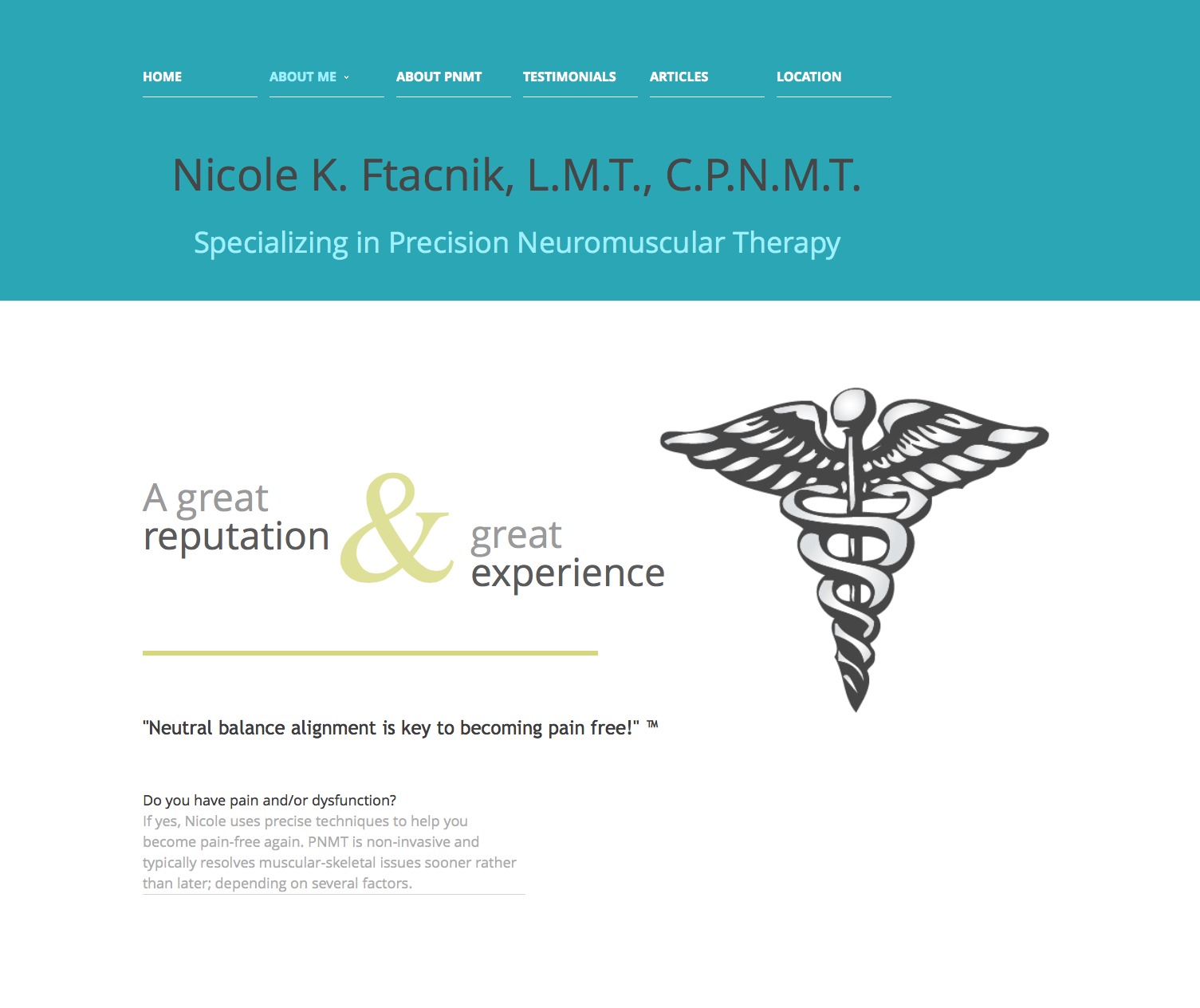I mentioned in previous posts how PNMT treats pain and dysfunction caused by muscular imbalances within the muscular-skeletal system. So, I thought I would include more detail regarding the distortions (misalignments) I look for⏤via the measurements I take⏤when treating clients, which ultimately has to do with the quote/slogan I coined 8+ years ago…
“Neutral balance alignment is key to becoming pain free!”™
When we are out of alignment, our body tends to spread distortions (via compensation) over as many segments as possible, which in turn spreads negative effects over multiple areas. My experience is that this usually stems from the hips, so my ultimate goal during the first session (depending on my clients needs) is to get the pelvis back into neutral balance alignment.
I believe this is of great importance. In fact, when I get people back into alignment, this is when the magic really happens. To get there though, I take measurements before every session. I believe they are crucial for long-term health and wellness⏤it is about getting to the root cause; not just “rubbing where it hurts.”
Because most of my sessions last only one hour, I typically start with a select few based on my experience of what has worked over the years. If need be, I go from there considering we are all different, and our bodies respond differently as well.
The first thing I look for is a shoulder height discrepancy, while my client is standing. I check to see if they are level; most times not. This misalignment in shoulder height usually presents itself as being superior and inferior; one shoulder high, the other low. This is not an ideal situation to be in, but unfortunately, it can be difficult to avoid based on the factors that cause misalignments to begin with (more detail on that subject in another post). The good news is that this high/low discrepancy is usually an easy fix⏤one that I find most are unaware of for one reason or another.
The next thing I look for, while my client is still standing, are distortions in the pelvis. Distortions may include obliquity (high/low), torsion (twisting), anterior/posterior rotation (rolling forward/backward), etc. It could be one distortion or a combination of two or more. I also look at the knees⏤for more reasons than one⏤but specifically for confirmation of torsion.
Next would be to have my client lie on the table⏤on their back. From here I check the pelvis again; looking for more confirmation of what I saw while they were standing. I then look at the leg length. More times than not, there is a “long” leg⏤or “short” if you prefer to look at it that way. This also is not an ideal situation, but usually an easy fix if it is a functional leg length difference as opposed to a structural leg length difference. (It is my understanding that an x-ray of both legs with actual measurements of bone length, for comparison, is the only way to determine 100% if it is structural. And, of the 700+ people I have seen, a handful of them possibly had a structural leg length difference based on additional measurements I took.)
There are many other measurements in PNMT that are important indicators as to why something may be happening, but this is where I start… And they are well worth the few minutes it takes before I actually treat the muscles.
As always, I hope you find this information informative!
* * * * *
“Neutral balance alignment is key to becoming pain free!”™ ~ Me

